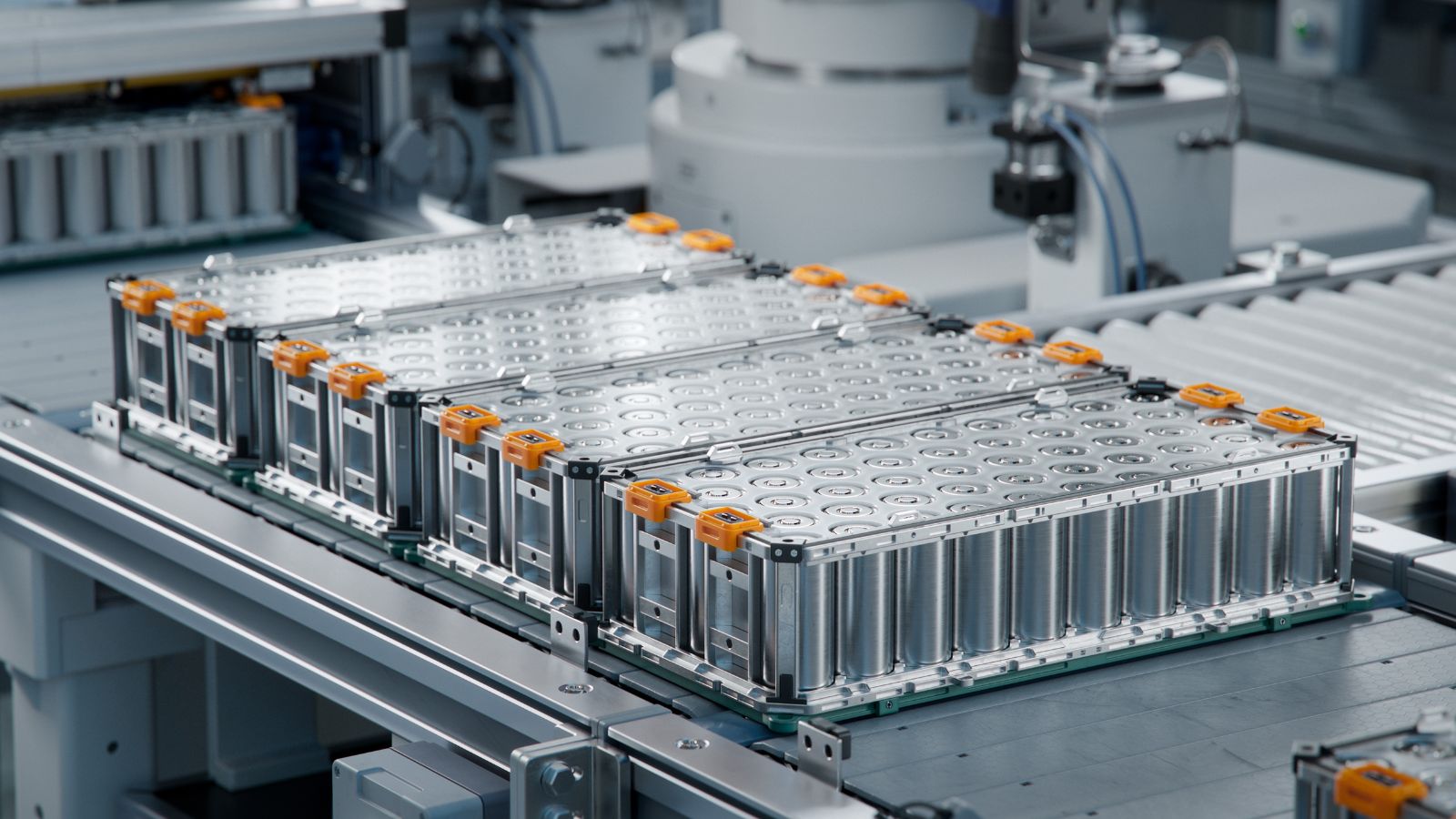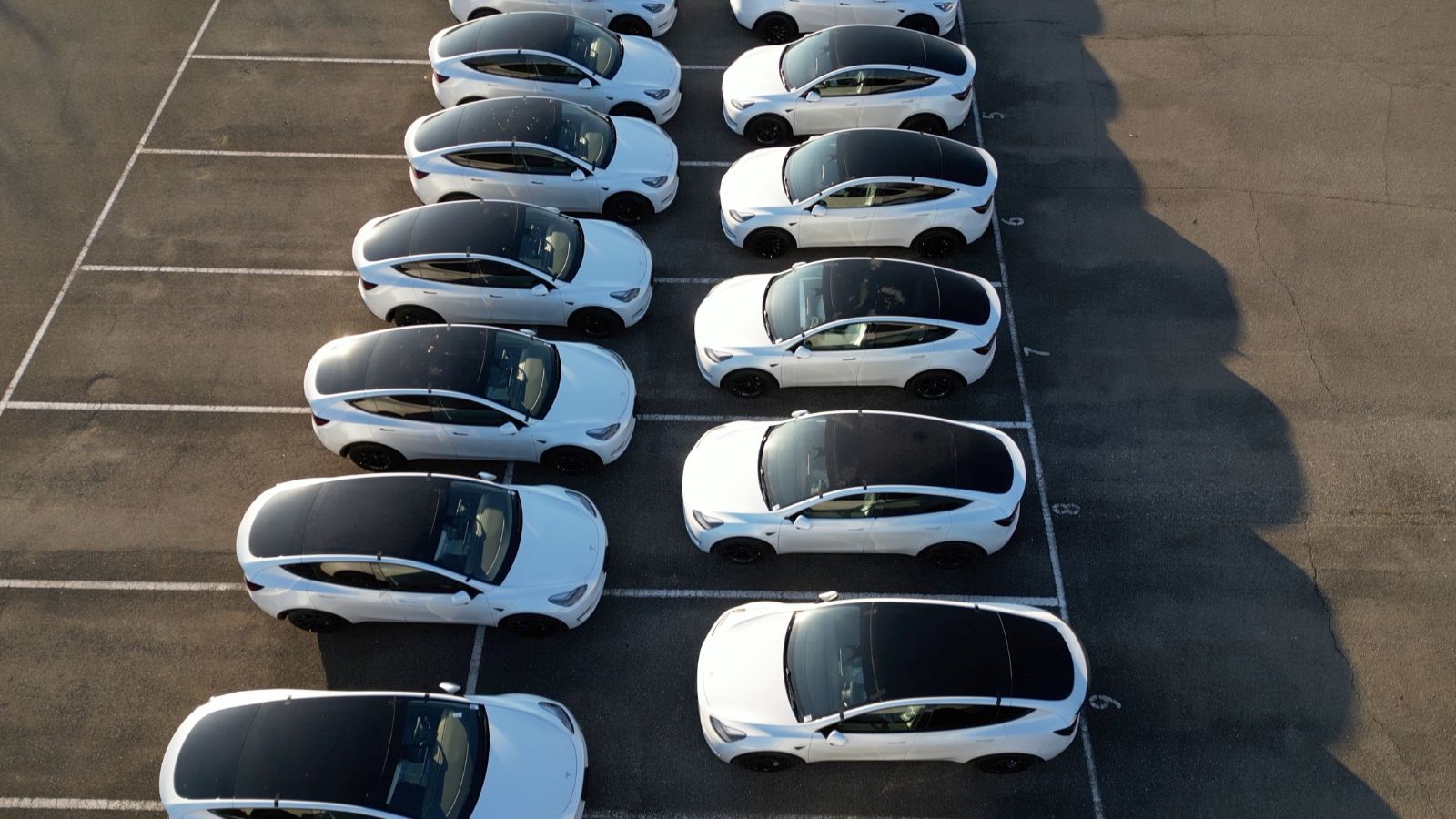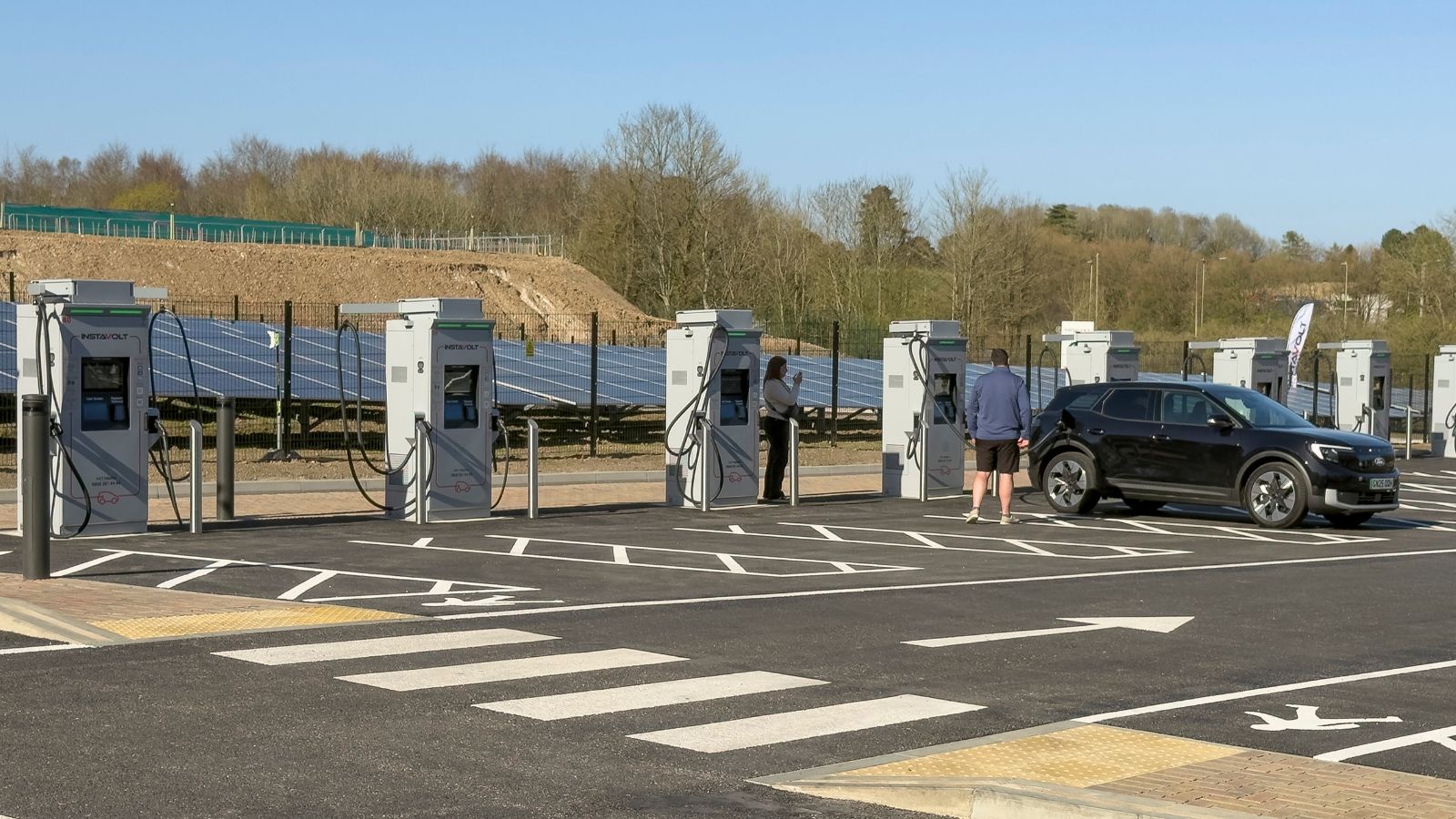Electric vehicles continue to gain traction in showrooms, but there is a growing gap between public enthusiasm and actual affordability. Most EVs that get praised for technology and performance are priced far beyond what the average buyer is willing to spend. Automakers say they want a future where electric cars are mainstream, yet the models that would make that future possible are often delayed, limited, or quietly pushed aside for higher priced versions. The real question is not whether consumers want affordable EVs. They do. The question is whether automakers can profit from building them. The answer depends on how companies handle costs, manufacturing scale, and design philosophy.
Battery Costs Are the Biggest Barrier

The battery pack remains the single most expensive component of an electric car. While gasoline engines require maintenance and fluids, batteries require rare earth metals, specialized production facilities, and complex manufacturing steps. Even small shifts in lithium or nickel pricing can dramatically change the cost of producing an EV.
A long range battery adds cost quickly. To keep a car affordable, automakers may need to design EVs for daily commuting rather than long road trips. A smaller battery means lower cost, faster production, lighter weight, and a more realistic price. Many drivers rarely travel long distances on a daily basis, which means an affordable EV does not need record breaking range. It needs reliability and consistency.
Scale Matters More Than Ever

Traditional gas cars can survive in low volume production and still bring profit. Electric cars cannot. Profitability depends heavily on high volume production that spreads out the cost of equipment, tooling, research, and supply chain contracts.
Companies that scale early gain a massive cost advantage. Tesla proved this when it ramped production of simpler models first. Legacy automakers must now balance EV production with existing gas vehicle factories, union labor negotiations, and dealer networks. Until EV production volume reaches steady levels, affordable EVs remain difficult to price profitably.
The automakers that master consistent high volume assembly lines will be the ones able to offer true everyday EV models at sustainable prices.
Simpler Designs Could Be the Key

Many EVs are loaded with large touch displays, complex lighting systems, advanced driver assistance packages, and premium materials. These features are great for marketing, but they increase costs rapidly.
To build affordable EVs, simplicity becomes a competitive strength.
Fewer electronic modules. Shared parts across multiple models. Straightforward cabin layouts.
This does not mean boring. It means engineering with purpose. The most successful affordable EVs of the next decade may resemble the compact, lightweight, driver focused cars of the 1990s more than luxury sedans. Simplicity reduces manufacturing complexity, and complexity is expensive.
Government Incentives Still Play a Role

Many EVs reach affordable price points only after government incentives are applied. Some regions offer strong credit programs, while others offer none. When incentives disappear, EV prices often return to levels that push buyers away. Automakers understand that relying on incentives is not sustainable forever, but incentives remain important in helping companies scale production and stabilize cost.
Stable long term policy encourages automakers to invest confidently. Rapid changes in subsidy programs create hesitation and slow development. The path toward affordable EVs depends on consistent policy rather than shifting political cycles.
Global Competition Is Changing the Market

Automakers outside North America and Europe are already producing small electric cars at lower cost. These companies often focus on short range commuting, simple interiors, and lean manufacturing. Their cost structures are lighter, and they are positioned to enter overseas markets aggressively.
This competitive pressure forces established automakers to rethink value. For many buyers, an affordable EV does not need special features. It needs to be dependable, comfortable to drive, and inexpensive to own. If foreign brands offer this sooner, they can capture market share quickly.
Charging Infrastructure Affects Perceived Value

Even if the EV itself is affordable, the ownership experience depends heavily on charging access. A buyer may choose a gasoline car if they feel uncertain about where or how they will recharge. Automakers know that selling affordable EVs is not simply about building the vehicle. It is about building confidence.
Partnerships with charging networks, faster charging development, and home charging support are essential. Without reliable infrastructure, even the most affordable EV will feel inconvenient.
So Can Automakers Make Money on Affordable EVs

Yes, but only under a new approach. Profit will come from efficient production, shared platforms, smaller batteries designed for daily use, and reduced feature complexity. Automakers must shift from selling technology statements to selling practical transportation.
The future of affordable EVs will not be shaped by luxury models or high performance halo cars. It will be shaped by compact, honest, everyday vehicles that are comfortable to own and easy to trust.
25 Facts About Car Loans That Most Drivers Don’t Realize

Car loans are one of the most common ways people fund car purchases. Like any other kind of loan, car loans can have certain features that can be regarded as an advantage or a disadvantage to the borrower. Understanding all essential facts about car loans and how they work to ensure that you get the best deal for your financial situation is essential. Here are 25 shocking facts about car loans that most drivers don’t realize:
25 Facts About Car Loans That Most Drivers Don’t Realize
